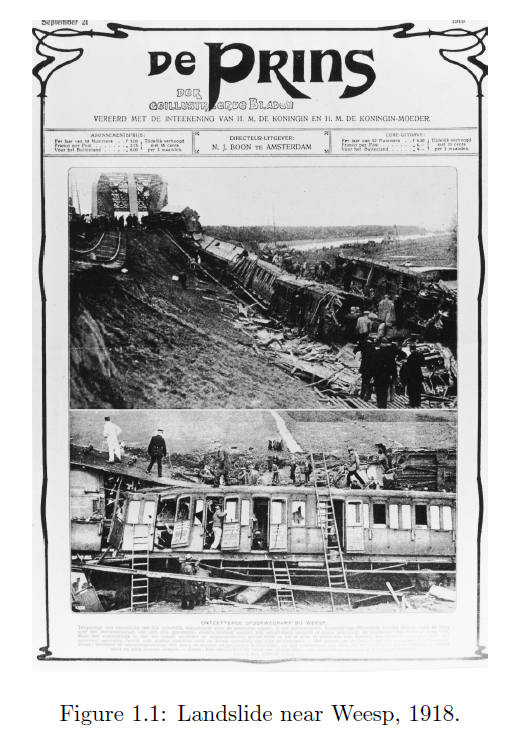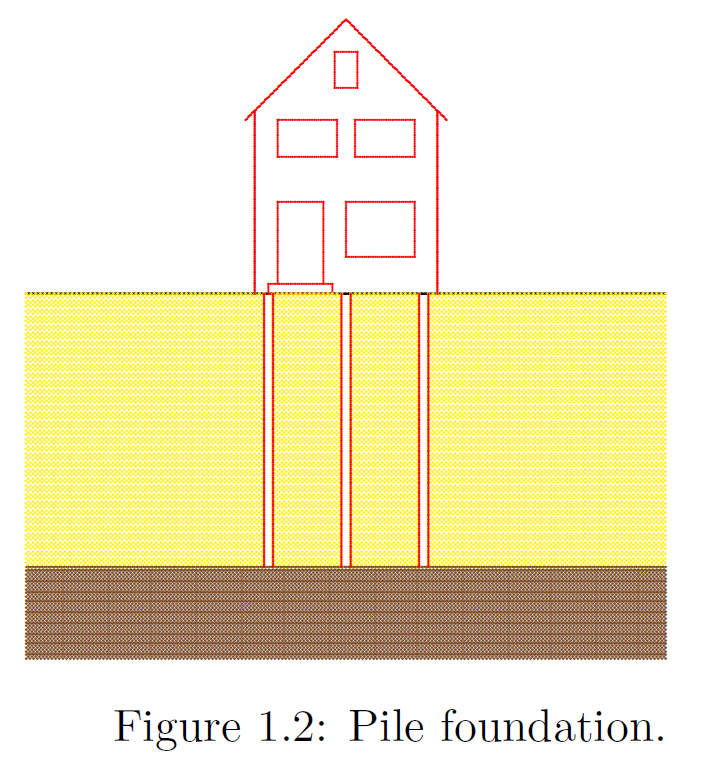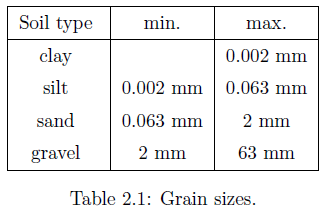For soils of low permeability, such as clay, the normal permeability test shown in Figure 7.1 is not suitable, because only very small quantities of fluid are flowing through the soil, and it would take very long to collect an appreciable volume of water. For such soils a test set up as illustrated in enclosed by a circular ring, placed in a container filled with water. The lower end of the sample is in open connection with the water in the container, through a porous stone below the sample. At the top of the sample it is connected to a thin glass tube, in which the water level is higher than the constant water level in the container. Because of this difference in water level, water will flow through the sample, in very small quantities, but sufficient to be observed by the lowering of the water level in the thin tube.
In this case the head difference h is not constant, because no water is added to the system, and the level h is gradually reduced. This water level is observed as a function of time. On the basis of Darcy’s law the discharge is


This is a differential equation for h, that can easily be solved,

If the area of the tube a is very small compared to the area A of the sample, it is possible to measure relatively small values of k with sufficient accuracy. The advantage of this test is that very small quantities of flowing water can be measured. It may be remarked that the determination of the hydraulic conductivity of a sample in a laboratory is relatively easy, and very accurate, but large errors may occur during sampling of the soil in the field, and perhaps during the transportation from the field to the laboratory. Furthermore, the measured value only applies to that particular sample, having small dimensions. This value may not be representative for the hydraulic conductivity in the field. In particular, if a thin layer of clay has been overlooked, the permeability of the soil for vertical flow may be much smaller than follows from the measurements. On the other hand, if it is not known that a clay layer contains pockets of sand, the flow in the field may be much larger than expected on the basis of the permeability test on the clay. It is often advisable to measure the permeability in the field (in situ), measuring the average permeability of a sufficiently large region.


